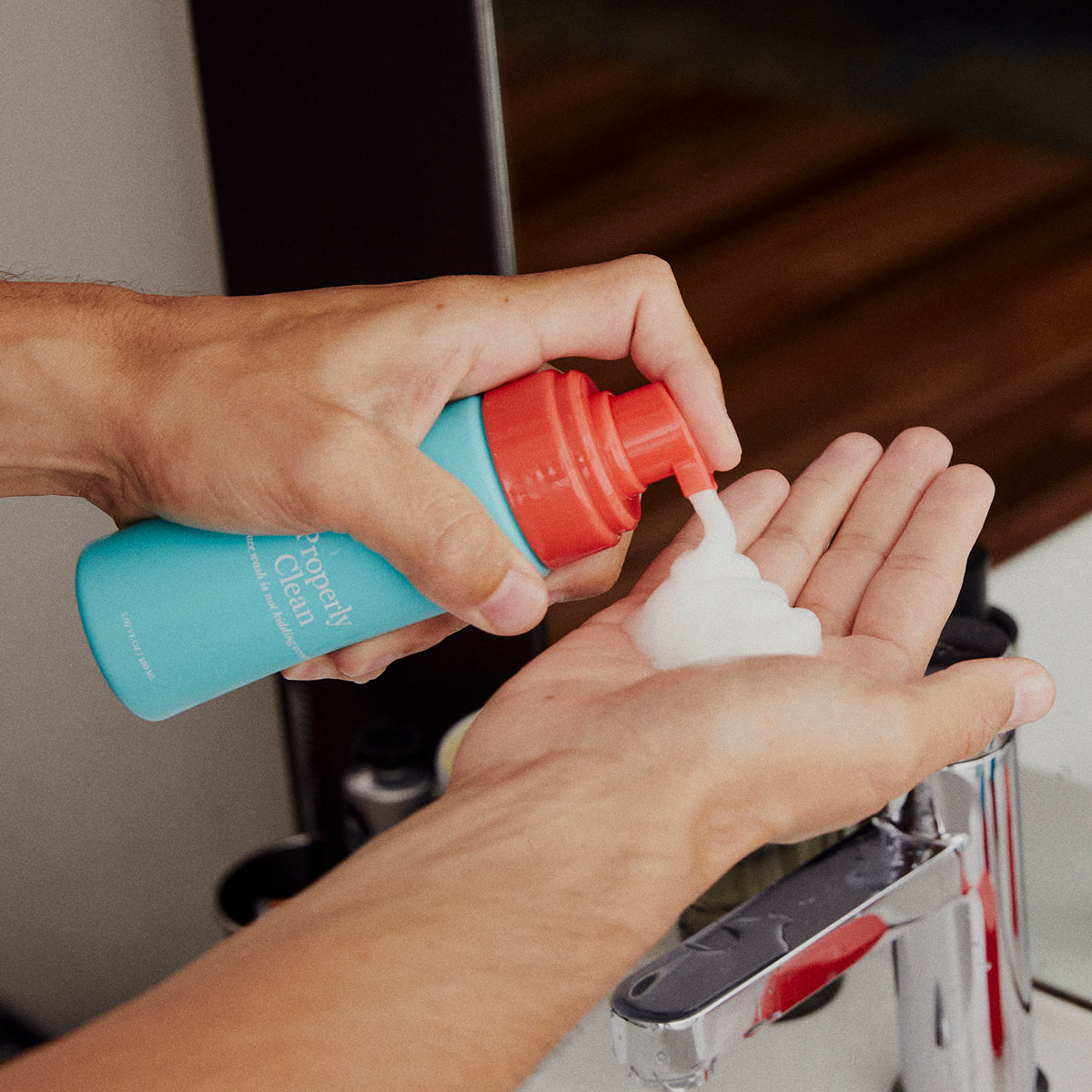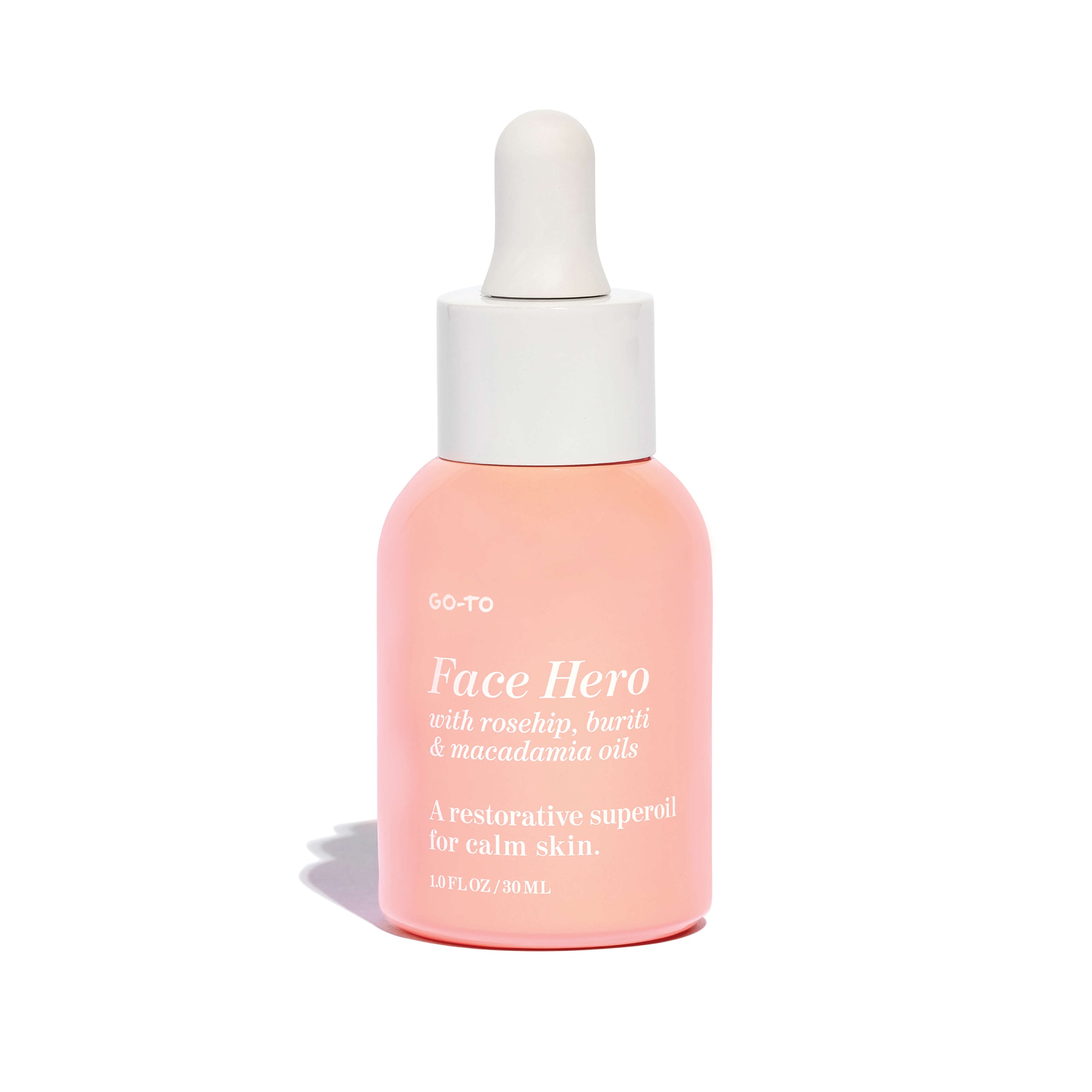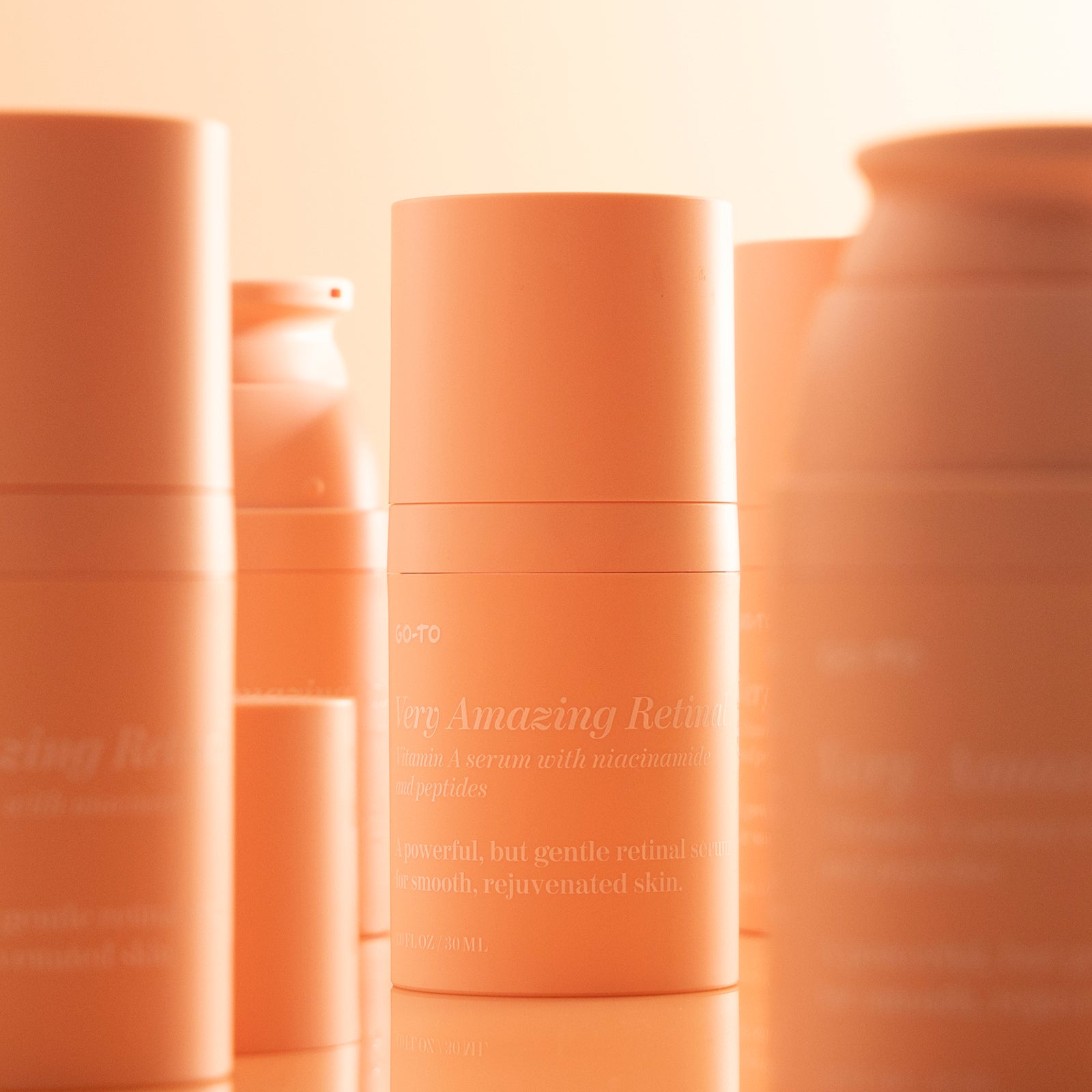Cica (also known as centella asiatica) has swiftly become one of skincare’s most trusted ingredients. And for good reason. This powerhouse herb soothes irritation, strengthens the barrier, supports hydration, and even effortlessly folds a fitted sheet (no).
But what is it really? And how can you incorporate it into that delightful skincare routine of yours? Let’s get into it.
What is cica?
Cica is a leafy green herb that’s native to Asia. It’s been used in medicine for millennia to treat a range of skin conditions from leprosy to burn wounds. Stacked with antioxidants, amino acids, and soothing compounds, cica is able to calm inflammation, relieve irritation and boost hydration—especially if your skin is seriously sensitive and reactive.
What are the benefits of cica?
Due to the unique molecular make up of cica, the ingredient manages to target multiple skin concerns in one go.
1. Soothes and calms irritation
Cica is famous for its anti-inflammatory properties—which can help curb the redness, irritation, and swelling caused by irritants like pollution, UV, acne, barrier damage, and environmental stressors. It does this by literally inhibiting the main signaling pathway that flicks on your inflammation genes. Nice!
2. Repairs and strengthens the skin barrier
By now, you’re probably all across the role your barrier plays in the health of your skin. But for a quick refresher, your barrier = the skin’s outermost layer. It’s made up of skin cells and lipids and notoriously easy to piss off.
Cica looks after your barrier in three ways:
One: it stimulates collagen to strengthen the skin’s structure.
Two: it enhances the lipids (ceramides and fatty acid) in your barrier. Think of those as the ‘mortar’ to your cells’ ‘bricks’—they hold cells together to prevent dehydration. Cica increases production of these lipids.
And three: cica reduces the inflammation that disrupts your barrier in the first place. This helps to keep your barrier in check and your skin cool, calm, and collected.
3. Promotes healing
Beyond the boosted collagen production supporting your barrier, it also plays a key role in wound healing and scar repair. The collagen-triggering quality in cica makes it a great ingredient for healing blemishes and tackling skin texture—leaving your complexion plumped, refreshed.
4. Hydrates and replenishes
Now, cica might not be a humectant (like hyaluronic acid) but it can still help to boost your skin’s hydration by helping the skin retain more water. By strengthening your barrier, it helps minimise TEWL or transepidermal water loss. Plus, cica’s antioxidants also help protect your skin from those free radical scavengers that damage your barrier in the first place. Win win!
Which skin types can use cica?
Cica is kind of the ABBA of skincare—and by that I mean, it works for everyone.
For sensitive skin, cica calms down irritation. It helps curb those more physical signs of sensitivity (like redness, burning, and itching) while strengthening your skin as it does.
For dry or dehydration skin, cica improves moisture retention, making it best mates with your usual hydrating products.
For oily or acne-prone skin, cica reduces that pesky inflammation that comes with breakouts. Plus, it helps heal post-acne marks by stimulating collagen. It’s also non-comedogenic, so it calms without overwhelming.
For mature, ageing skin types, cica’s ability to boost collagen synthesis helps support elasticity, firmness, and smoother texture. Its antioxidants also help to combat oxidative stress that causes signs of ageing in the first place.
What is cica used for in skincare?
You can find cica in a bucketload of products nowadays from cleansers to gels and serums. We’ve used it in:
Very Amazing Retinal
We’ve added cica to our retinal to help reduce that irritation and inflammation that’s usually expected when you add a retinoid into your routine. This means: results, without the typical side effects.
Since this dry treatment oil is designed for blemish-prone skin, cica plays an important role in calming down the inflammation and irritation that comes with breakouts. It also keeps this blemish-banishing treatment ridiculously respectful of your barrier.
These ultra-thin hydrocolloid patches help calm and clear angry pimples. Cica works to help speed up your skin’s repair process and reduce irritation.
FAQs
What is cica and why is it used in skincare?
Cica is a soothing plant extract used in skincare to help calm irritation, support the skin barrier, and reduce redness. It’s rich in skin repairing and hydrating compounds that make it a great option for cranky, pissed off skin.
What are the main skin benefits of cica?
Cica helps soothe sensitive skin, calm inflammation, and strengthen the barrier. It also supports healing, hydration, and antioxidant protection. Perfect for dry, reactive, or stressed skin.
Is cica good for sensitive or acne-prone skin?
Yes! Cica has anti-inflammatory and wound-healing properties, making it ideal for sensitive, acne-prone, or irritated skin. It can help reduce redness, promote recovery from breakouts, and protect skin from more stress. Nice!
How does cica work in skincare formulas?
Cica contains bioactive compounds (like asiatic acid, madecassic acid, and asiaticoside) that encourage collagen production, reduce inflammation, and support the skin’s protective barrier. These help the skin stay calm, strong, and hydrated.
What types of skincare products include cica?
Cica can be found in treatments, serums, creams, and masks/patches. Products that stay on the skin (like Clarifying Face Hero) tend to deliver the best results because they allow more time for absorption
Can I use cica with other active ingredients like Vitamin C or retinal?
Yes. Cica pairs well with stronger, more serious actives by helping to buffer irritation or redness. It’s a great companion to vitamin C and with retinoids.
How quickly does cica show results?
You’ll probably notice a reduction in redness and irritation within a few days of starting a product with cica, while barrier strength and hydration improvements can take a few weeks. Consistent use gives the best long-term results.
Is cica natural or synthetic?
Cica is a plant-derived ingredient that comes from the herb centella asiatica, used for centuries in traditional medicine. Modern skincare, however, uses standardised extracts of its active compounds for consistency and stability.
Who should use cica skincare?
Anyone with sensitive, dry, or stressed skin will get along with cica. It’s also a great addition for people using active products (like acids or retinoids) or exposed to environmental stressors like sun, pollution, or air-conditioning.
Can cica help with redness, rosacea, or post-acne marks?
Yes—its anti-inflammatory and calming properties can reduce redness and visible irritation. It can’t erase pigmentation alone—but it helps improve overall skin comfort to support other brightening or soothing products.
What’s the difference between cica and other soothing ingredients?
Unlike basic soothing ingredients (like aloe vera or chamomile), cica actively supports barrier repair and collagen synthesis. That means: immediate calming benefits as well as long-term strengthening results.
How do I choose the right cica product?
Pick a texture/ product suited to your skin type—a light gel or serum for oily skin, or a rich cream or balm for dry, reactive skin.
















Comments